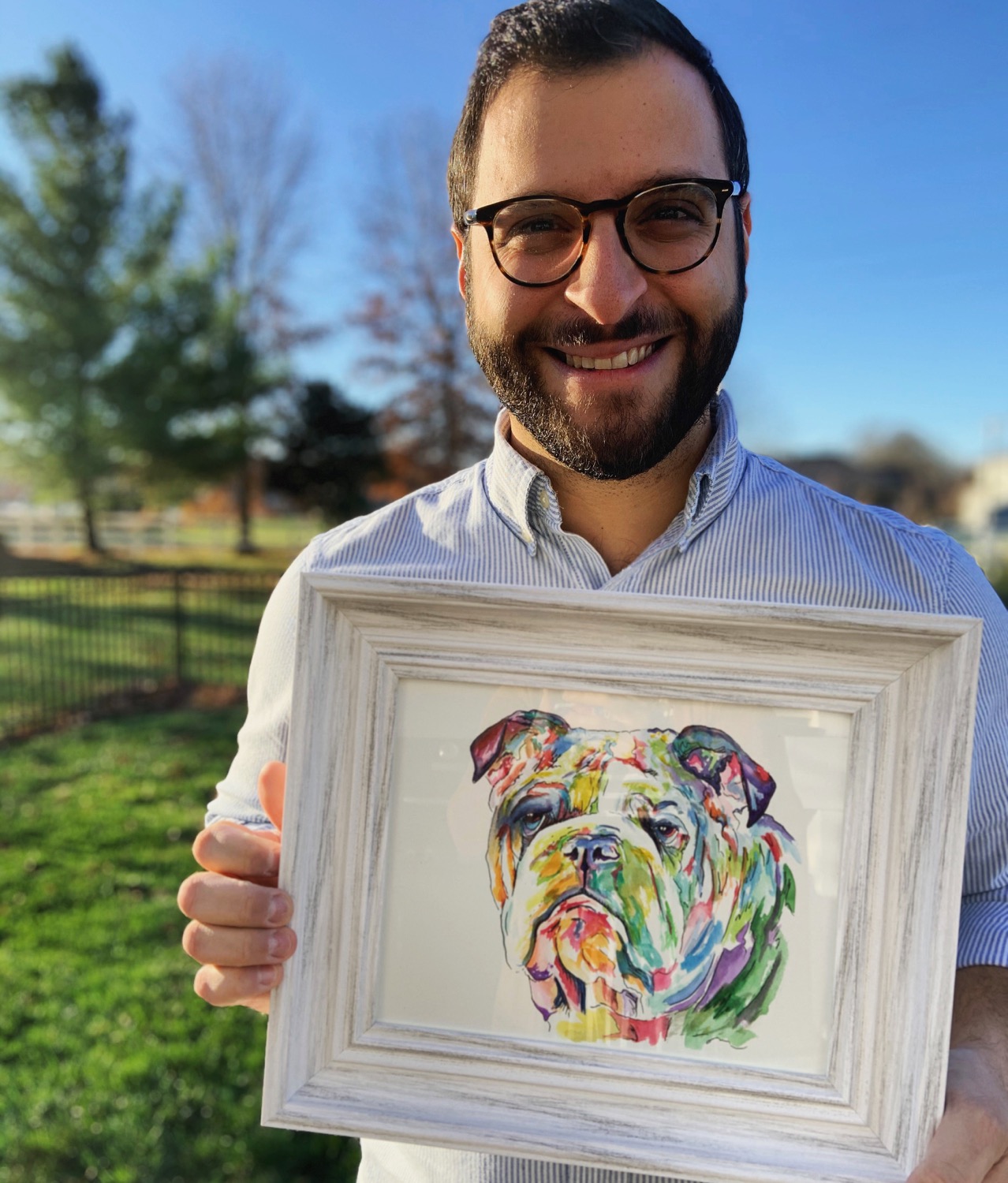Two Masters, Two Maps
- Peter Assad

- May 23
- 3 min read
Updated: May 24
A Creative Compass case study: J.R.R. Tolkien & C.S. Lewis

When it comes to creative calling, few friendships shine as brightly—or as divergently—as J.R.R. Tolkien and C.S. Lewis. Both Oxford dons. Both myth-makers. Both men of deep faith, intellect, and imagination. And yet, when you look closer, you find two very different creative blueprints.
In the language of the Creative Compass, Tolkien and Lewis represent two distinct archetypes, shaped by different inner drives and working rhythms. Let’s map their creative DNA side by side:
🧭 J.R.R. Tolkien: The Cartographer
(HOW + PACE + AUTONOMY)
“Not all those who wander are lost.”
Tolkien was a mapmaker of myth—driven by order, structure, and ancient beauty. He didn’t just tell stories; he built whole worlds, languages, and genealogies! His imagination moved slowly but with geological force, like tectonic plates shaping a continent over centuries.
HOW (vs what) - He cared how the world worked—down to the phonetic structure of Elvish and the lunar phases of Middle-earth.
PACE (vs urgency) - Tolkien moved at a deliberate, perfectionistic tempo. The Lord of the Rings took him over a decade to write—not for lack of ideas, but for integrity.
AUTONOMY (vs collaboration) - While he enjoyed the Inklings’ company, his creative world was intensely private. He was faithful to the work, not to the audience.
His compass pointed inward and downward, mining deep truths from the bedrock of myth. His art was an excavation—a sacred cartography.
🎼 C.S. Lewis: The Conductor
(HOW + URGENCY + COLLABORATION)
“We do not merely want to see beauty… we want something else which can hardly be put into words—to be united with the beauty we see.”
By contrast, Lewis was a conductor of clarity—a communicator whose genius lay in translation. Whether writing children’s fantasy or rigorous apologetics, he found ways to make truth sing. His work pulsed with urgency, relevance, and compassion.
HOW (vs what) - Like Tolkien, Lewis loved structure, argument, and metaphor. He thought carefully about the shape of ideas.
URGENCY (vs pace) - Lewis responded to cultural moments with unbelievable speed and focus. During WWII, he gave radio talks that became the timeless classic Mere Christianity. He believed truth could not wait.
COLLABORATION (vs autonomy) - Lewis flourished in community. He exchanged ideas, debated often, and even gave Tolkien the encouragement that helped birth Middle-earth.
His compass pointed outward and upward, conducting ideas toward the light of understanding. His art was an invitation—a holy liturgy.
🔍 Same Faith, Different Frequencies
Tolkien and Lewis shared so much: a love of myth, a reverence for truth, and a deeply Christ-centered worldview. But their creative temperaments show us how calling takes shape differently in each soul.
Tolkien built a world before inviting us in.
Lewis stepped into our world to help us see it differently.
One describes how God might sing the universe into being.
The other reveals how to tune our ears to hear it.
✨ Why This Matters
In a world that tempts us to compare or compete, Tolkien and Lewis remind us:
The goal isn’t sameness, but faithfulness.
Your Creative Compass doesn't have to look like someone else’s. And when you learn to read it, you’ll discover the path that has always been laid out for you.
If you haven't identified yours yet, try our short 9-question survey here (or share it with a friend)!





Comments